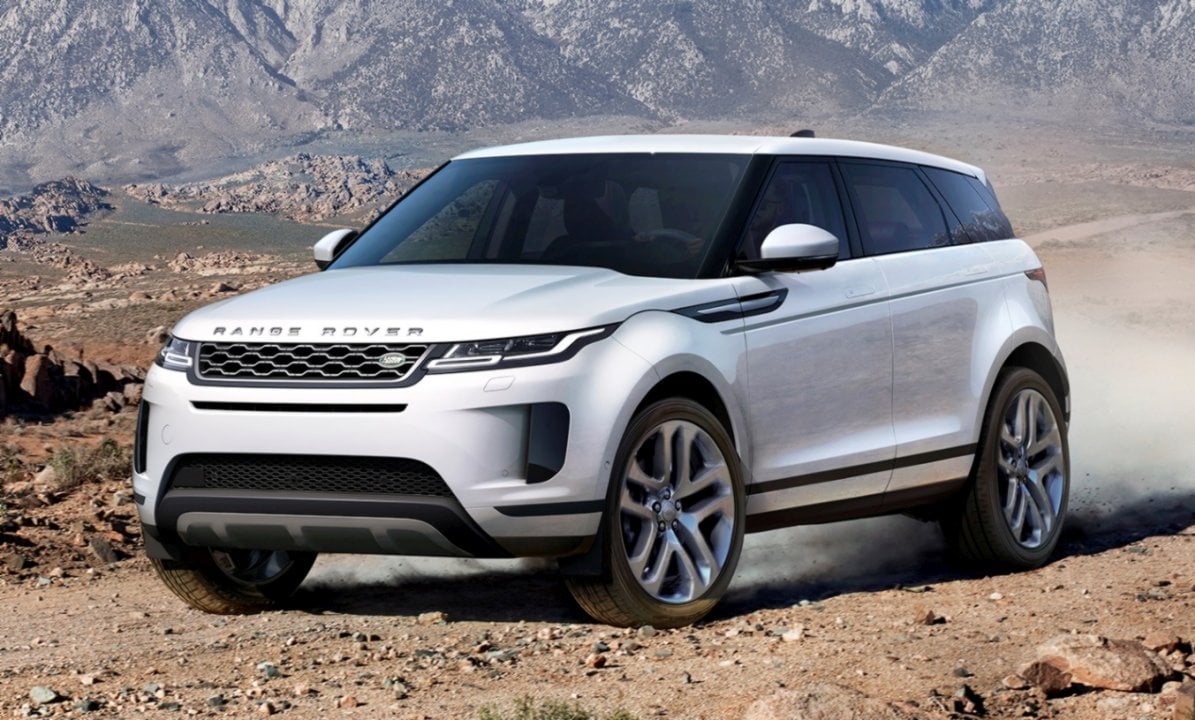When it comes to purchasing a car, understanding the impact of depreciation is crucial. Depreciation refers to the gradual decline in a vehicle’s value over time. As an Australian buyer, being aware of how depreciation affects your investment can help you make informed decisions. Let’s delve into the details and explore strategies to minimize its impact.
The Dreaded Depreciation Drop
Imagine driving your brand new car off the lot – poof! – just lost a chunk of its value. That’s depreciation in action. New cars typically experience the steepest depreciation hit in the first year, with estimates suggesting a 10% or more drop as soon as you leave the dealership. This means a shiny $40,000 car could be worth around $36,000 after just 12 months.
The pain doesn’t stop there. Depreciation continues, though at a slower pace, in the following years. By year five, you might be looking at a car worth only 40% of its original price. That’s a significant loss compared to the enjoyment you’ve gotten out of the car.
Why Does Depreciation Happen?
Several factors contribute to a car’s depreciation:
- Wear and Tear: As you clock up the kilometres, the car’s mechanical parts experience wear and tear. This reduces its overall condition and value.
- Newer Models: Car manufacturers constantly release new models with updated features and technology. This makes older models seem less appealing, driving down their resale price.
- Market Fluctuations: Economic downturns can affect the demand for cars, leading to depreciation across the board.
- Supply and Demand: Certain car models hold their value better due to high demand and limited supply.
Minimising the Depreciation Hit
While you can’t stop depreciation entirely, there are ways to minimise its impact on your wallet:
- Consider a Used Car: A gently used car, say 2-3 years old, has already taken the biggest depreciation hit. You can often find significant savings compared to a new car, while still enjoying a reliable and stylish vehicle.
- Focus on Reliable Brands: Some car manufacturers are known for building vehicles that last. Research brands with a reputation for reliability and strong resale value, such as Toyota or Honda in Australia.
- Choose the Right Model: Not all cars depreciate at the same rate. Opt for models with a history of holding their value better, such as popular SUVs or fuel-efficient saloons.
- Take Care of Your Car: Regular maintenance, servicing, and keeping a clean condition all contribute to a car’s longevity and value.
- Negotiate Well: Don’t be afraid to haggle on the price of a new or used car. Every dollar saved upfront reduces the impact of depreciation later.
- Think Long Term: If you plan to keep your car for a long time (say, 10+ years), depreciation becomes less of a concern. The car will eventually reach a point where its value stabilises.
Beyond the Savings: The Environmental Benefit
Choosing a used car isn’t just about saving money; it’s also an environmentally friendly decision. Manufacturing new cars requires significant resources and energy. By opting for a pre-loved vehicle, you’re giving it a second life and reducing your overall environmental footprint.
The Final Drive
Understanding depreciation empowers you to make smarter car buying decisions. By considering these tips, you can minimise the financial sting and get the most value out of your car purchase. Remember, sometimes the best new car smell is the one that doesn’t cost you an arm and a leg!










